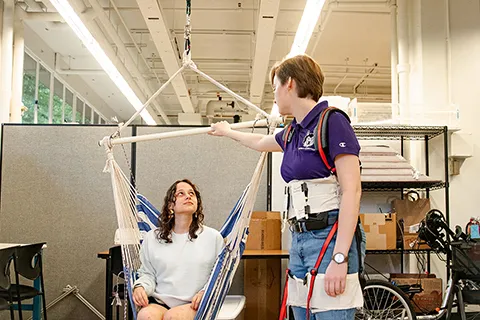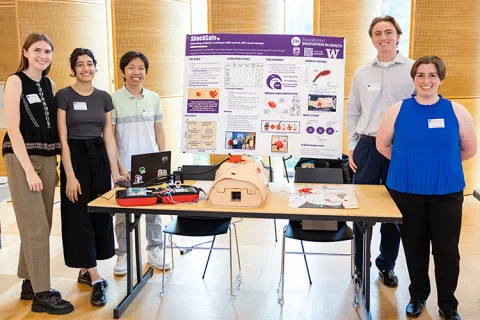GE Vernova
AI/ML for Electric Distribution Grid Outage Analysis
GE VERNOVA's Advanced Distribution Management System (ADMS) includes a suite of applications designed to meet real-time management needs of electric distribution utilities. Fault location and outage assessment have long been an area of interest for electric utilities, who are aiming to find the failure locations as fast as possible to minimize the impact. AI/ML has been extensively researched to be used with real-time prediction of the location of faults. Archived fault location data when used with AI/ML has the potential to better forecast outages. Forecasting outages during extreme events, or even under normal conditions, provides a better understanding of the distribution grid and highlights vulnerable locations of the grid. This also provides opportunities for long term system planning as well as extra tools during extreme events. Current literature presents a range of AI/ML methods for outage forecasting, most consider every outage as a single point that is fed to the predictive model and output is usually a binary classification of the devices as impacted or operational. While this binary classification could be useful in certain instances, e.g., day ahead forecasting, they do not offer a deep knowledge of the system for long term planning or reliability and resiliency analysis of the system. This student team will work to develop a AI/ML application that can analyze/simulate using real-time data and meteorological information to predict grid outages. The application should provide a risk assessment of the network through indices, probabilities, or classification of the assets. The student team should also work to present and examine optimal visualization of the results. The student team can work to train the application with historical outage data as well as weather forecasting at the time of event. This student team can work to use archived data (actual data driven from real events), oversampled mixture of real data, or synthetic data generated by ADMS. The student team can also work to devise a preprocessing step to address data generation, data cleaning, normalization, and feature extraction. The student team should work to evaluate the well-suited approaches to the problem at every step of the way from data generation to results presentation.
Faculty Adviser
Baosen Zhang,
Keith and Nancy Rattie Endowed Career Development Professor,
Electrical & Computer Engineering
Students
Andrew Nguyen
Kaiyuan Zheng
Laxman Balamurugan
Louis Serchuk
Shiyu Chen
Sreeram S
Yifei Zhao
Related News

Fri, 09/20/2024 | UW Civil & Environmental Engineering
Smarter irrigation for a greener UW
A new project combines satellite data with ground sensors to conserve water and create a more sustainable campus environment.

Mon, 09/09/2024 | UW Mechanical Engineering
Testing an in-home mobility system
Through innovative capstone projects, engineering students worked with community members on an adaptable mobility system.

Mon, 08/19/2024 | UW Mechanical Engineering
Students strive to ensure accurate AED shock dosage
ShockSafe, developed by students with the help of mentors from Philips and Engineering Innovation in Health (EIH), can distinguish between children and adults during cardiac arrest emergencies.

Wed, 08/07/2024 | Snohomish County News
Snohomish County, University of Washington partnership boosts efficiency in enterprise scanning center
UW Industrial and Systems Engineering Capstone Project set to save Snohomish County over $40,000 annually.